
Plant
11:23, 27-Apr-2019
Carnivorous Plant: The plant that can 'bite'
By Ding Qian
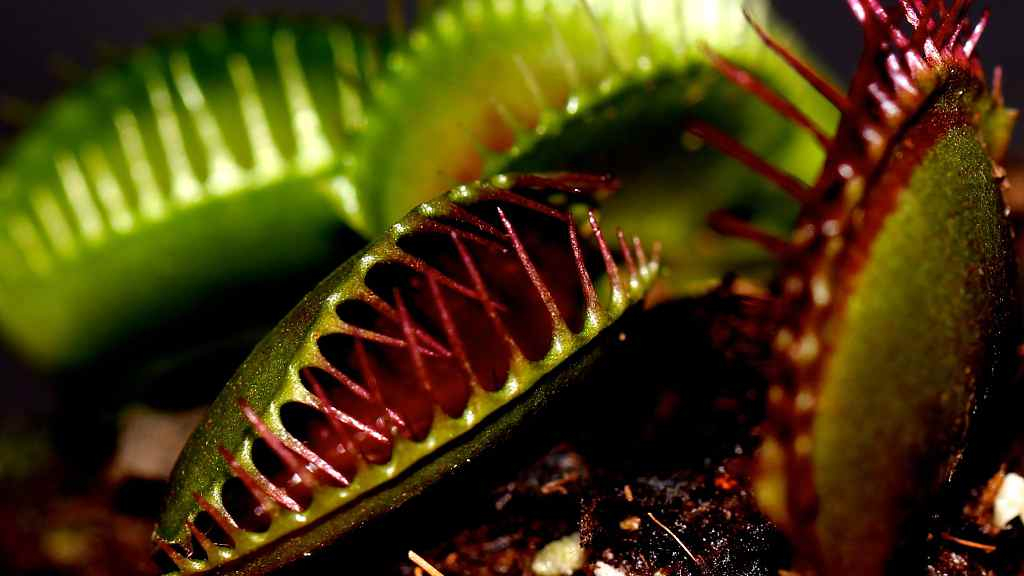
In 1760, the North Carolina colonial governor Arthur Dobbs wrote a letter to English botanist Peter Collinson in which he described the mysterious carnivorous plant Venus flytrap as a great wonder of the vegetable kingdom. It was the first written description of the plant.
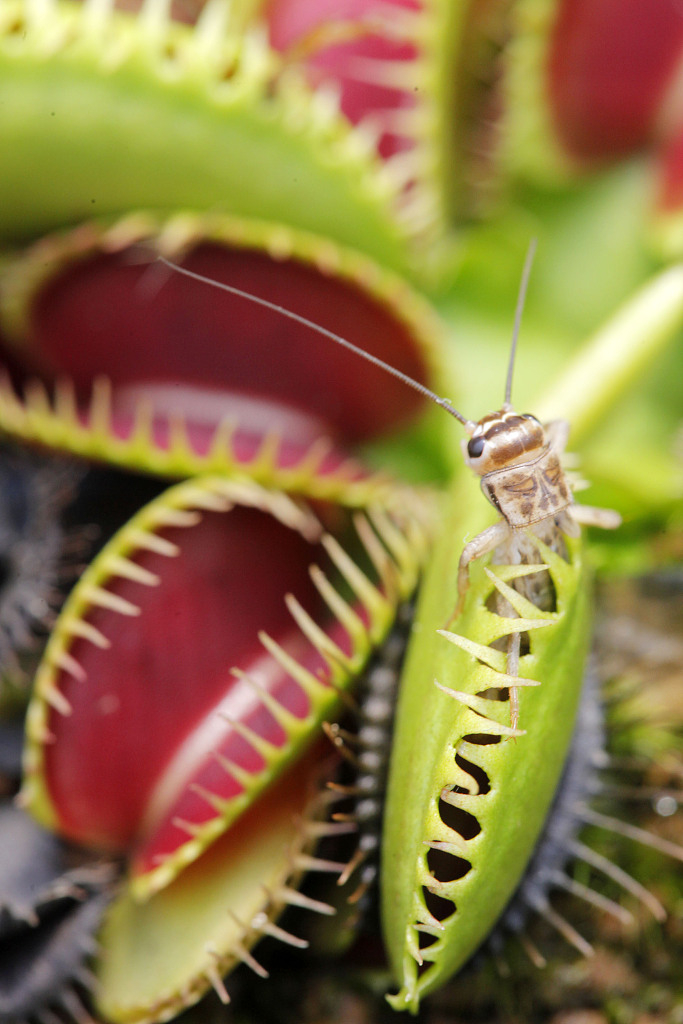
An insect is trapped in a Venus flytrap. /VCG Photo
An insect is trapped in a Venus flytrap. /VCG Photo
Like other carnivorous plants such as tropical pitcher plants and butterworts, Venus flytraps live in poor soil and get extra nutrition from insects. Different from other carnivorous plants which can be found worldwide, they only grow in North and South Carolina of the United States.
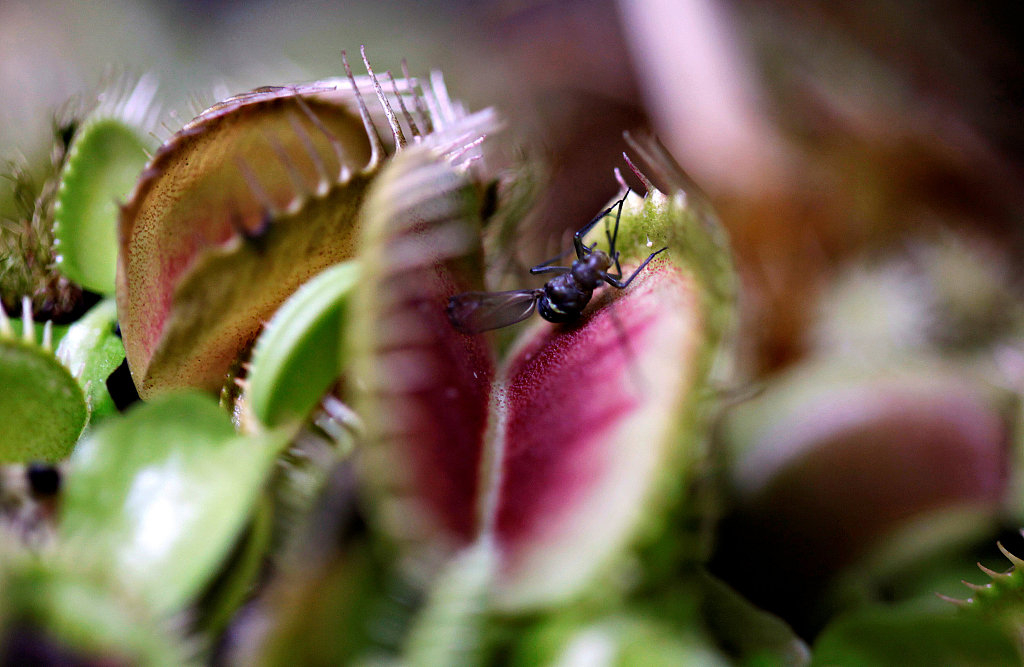
An insect is trapped in a Venus flytrap. /VCG Photo
An insect is trapped in a Venus flytrap. /VCG Photo
The trap of the plant is formed by its leaves with tiny and stiff hairs called "trigger hairs" or "sensitive hairs." The leaves are usually wide open and secrete sweet nectar to attract prey. When an insect touches the hairs enough to bend at least two of them, the trap will close fast and keep the prey inside.
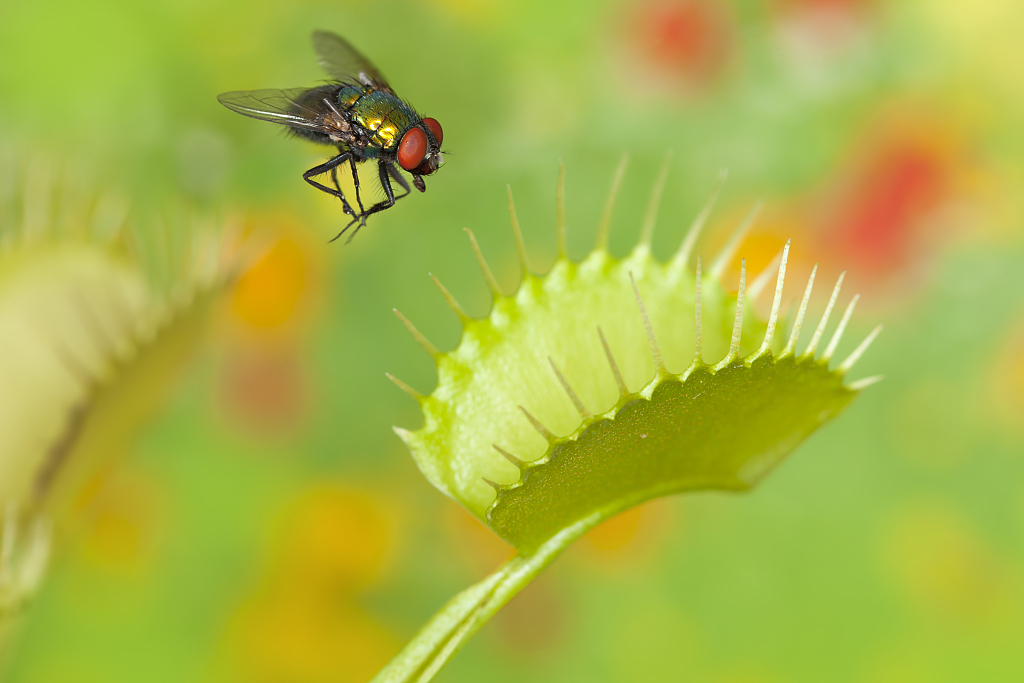
The leaves secrete sweet nectar to attract prey. /VCG Photo
The leaves secrete sweet nectar to attract prey. /VCG Photo
Then the trap secretes digestive fluids that can dissolve the inner parts of the insects; the hard parts such as exoskeleton will be left. The digestion usually takes five to twelve days, but it's dependent on the age of the trap and the size of the insect.
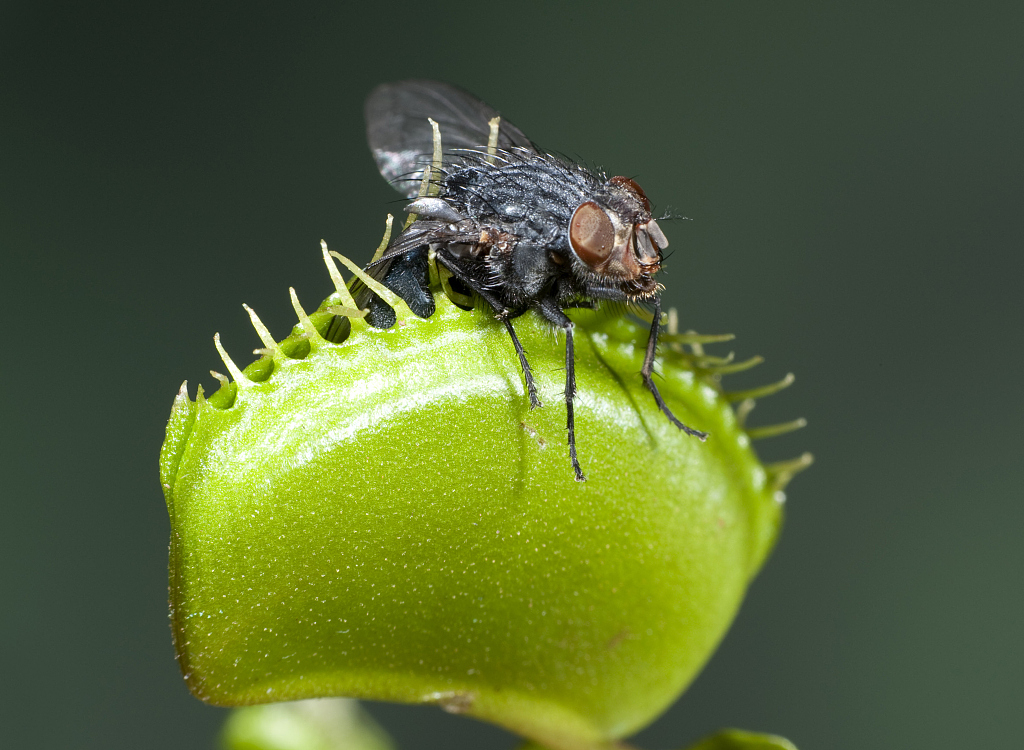
A Venus flytrap. /VCG Photo
A Venus flytrap. /VCG Photo
If unfortunately, the "thing" that got trapped is inedible debris, the leaves will spread apart again after hours and let the object fall out or be blown away by the wind.
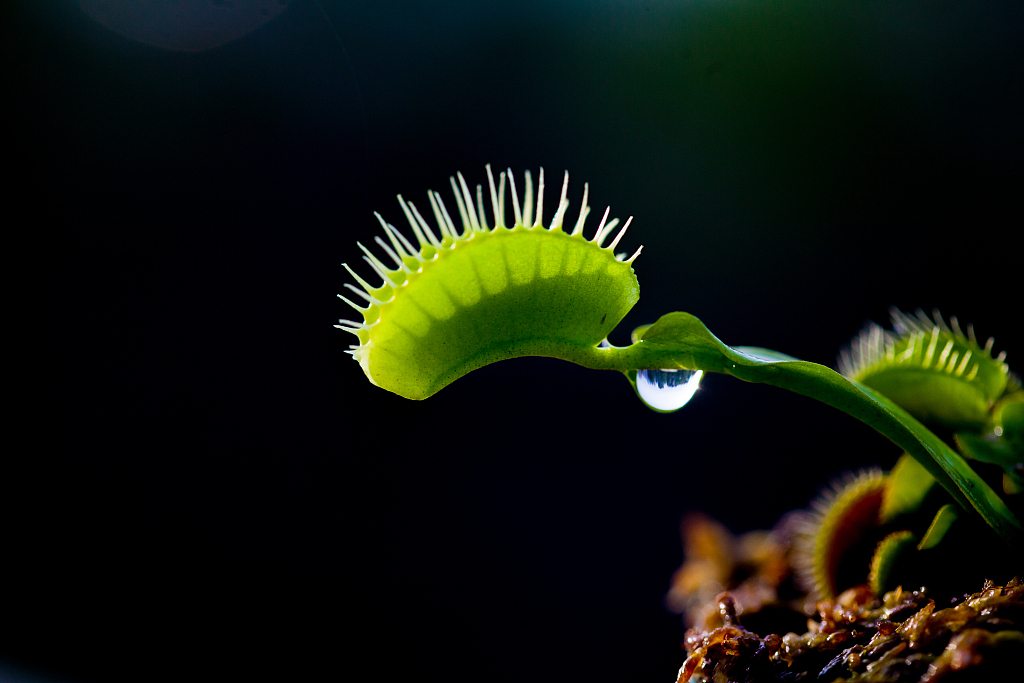
A Venus flytrap. /VCG Photo
A Venus flytrap. /VCG Photo
Venus flytrap, which looks like the famous Piranha plant from the game Super Mario Bros, is no doubt one of the cutest plants in the world. Due to its worldwide popularity and tolerance of mild winters, various cultivars of the plant are raised in large quantities for commercial use.
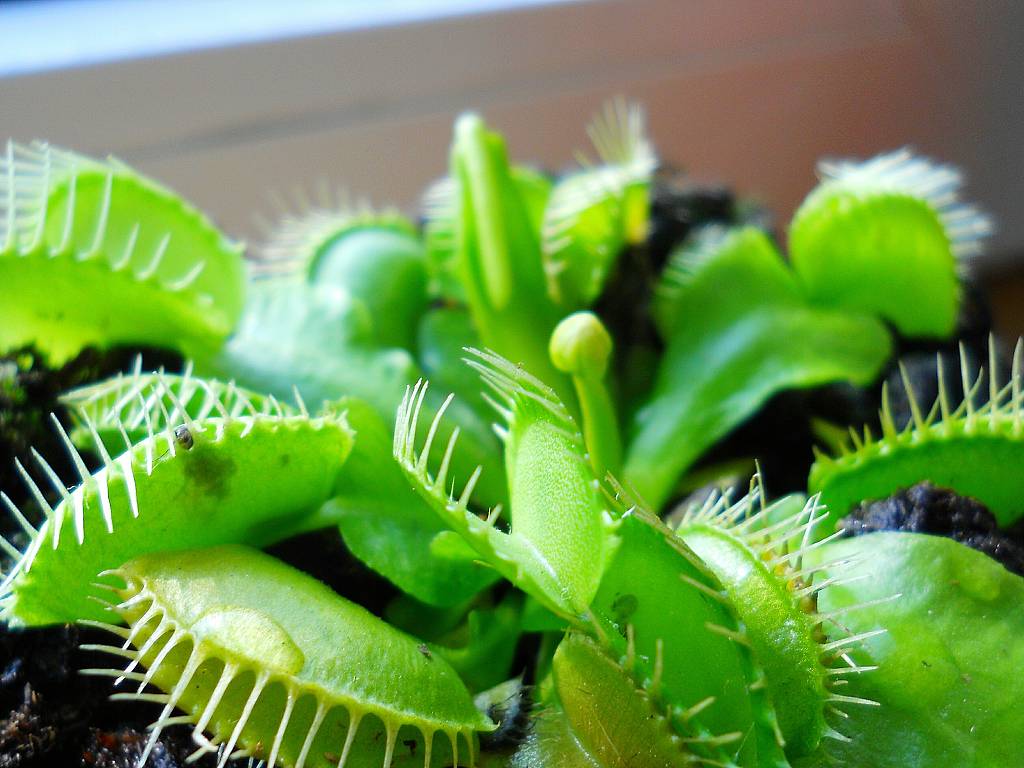
Venus' flytrap. /VCG Photo
Venus' flytrap. /VCG Photo
It is estimated that only about 35,000 wild Venus flytraps remain. In the state of North Carolina, the theft of naturally growing flytraps in the state is a felony. Offenders can face up to 29 months in prison.
About Carnivorous Plant series:
At this year's International Horticultural Exposition, there is a special zone in the Plant Pavilion for various carnivorous plants. These plants prey on insects or small animals for extra nutrition that they cannot get simply from the soil, water and sunlight. In this series, we are going to present to you the most typical carnivorous plants.
(Cover images via VCG)
(If you want to contribute and have specific expertise, please contact us at nature@cgtn.com.)

SITEMAP
Copyright © 2018 CGTN. Beijing ICP prepared NO.16065310-3
Copyright © 2018 CGTN. Beijing ICP prepared NO.16065310-3